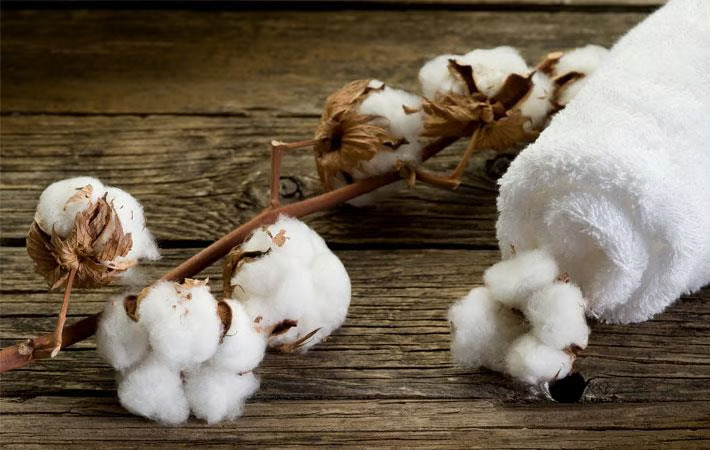Inspired by nasturtium leaves and butterfly wings, US engineers have created a waterproof material. The new ‘super-hydrophobic’ surface could keep clothes dry and stop aircraft engines icing over. Engineers say that the latest `super-hydrophobic' surface could keep clothes parched and would also prevent icing above aircraft engines. Earlier, the lotus leaf was considered for the purpose of drying up, but now a team from MIT in Boston says they have found an improved way.
The phenomenon takes place with the help of addition of ridges over the surface of silicon, bouncing back water at speed which is 40 per cent faster as compared to the earlier `limit'. Such ridges are also found on wings of the Morpho butterfly and on the vein of nasturtium leaves.
By applying a similar practice on the metals, fabrics and ceramics, scientists have made a new type of moisture-resistant products ranging from tents to wind turbines. Prof Kripa Varanasi says, "We believe these are the most super-hydrophobic surfaces yet. For years industry has been copying the lotus. They should start thinking about copying butterflies and nasturtiums".
The `lotus effect' has encouraged industrial fabrics, paints and roof tiles which copy structure that is observed in the leaves of plants. When ridges were applied to aluminium and copper oxides, water dried 40 per cent faster as compared to that on nasturtiums and the Morpho wings.












